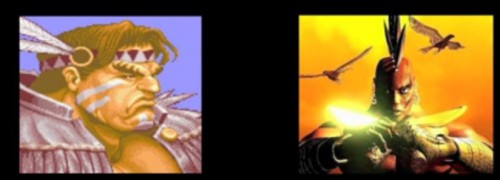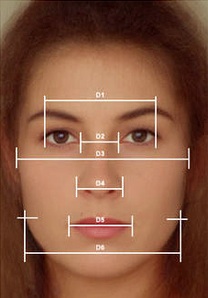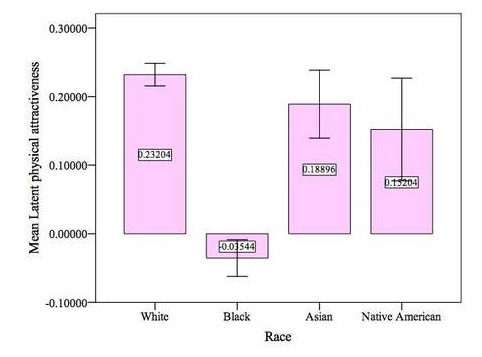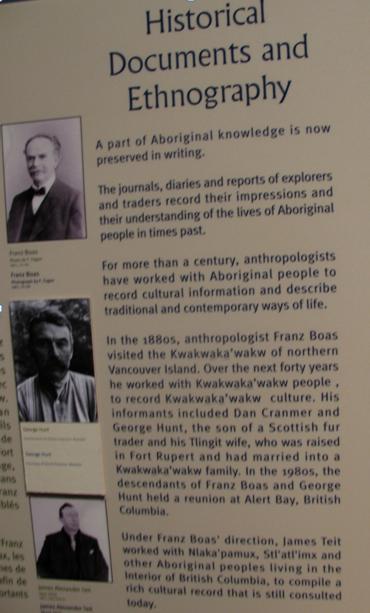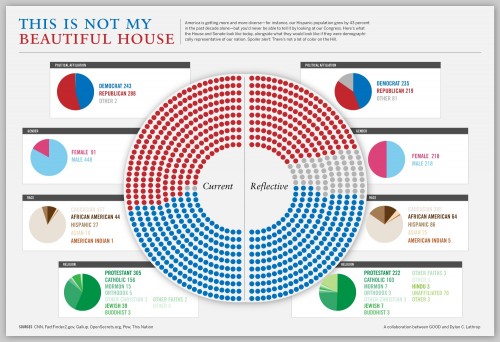Dolores R. sent us a link to a video posted at Racialicious about stereotypes of Native Americans in video games. Beth Aileen Lameman, the director and narrator, discusses a number of frequent tropes used when depicting Native Americans in games, such as the half-breed hero, the wise old Indian sage, and, of course, the hottie Indian princess, as well as the tendency to conflate many different tribes and cultures. It’s a great summary of common representations of Native Americans in pop culture more broadly:
Native Representations in Video Games from Elizabeth Lameman on Vimeo.

